Baule loincloth – traditional clothing of Ivory Coast
Originally from the Ivory Coast, the Baule loincloth is a traditional fabric inherited from the Ashanti kingdom. These fabrics are highly prized for their quality and their colourful, vibrant patterns.
During major ceremonies and important moments, Baoulé loincloths are worn. For example, in the twin villages of Bomizambo and Bomi-kondéyaokro, the inhabitants dressed in traditional loincloths for the ceremony of laying a wreath on the tomb of the former Grand Chancellor of the National Order of Ivory Coast. 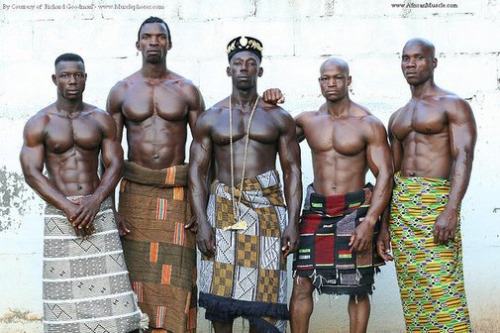
Manufacture of traditional Baule fabric.
Before the introduction of weaving, Baule clothing was made of beaten bark. This technique is still practised by the Baule in the central savannah villages. Large strips are removed from certain species of trees (ficus) and then beaten with wooden beaters. These fabrics are now used as sleeping mats.
Baule weaving.
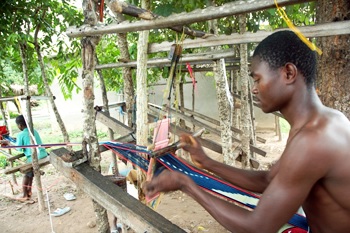
 To make the Baoule loincloth, the cotton thread is woven into narrow strips on a home-made handloom by the weaver. The resulting strips are assembled to form a cotton loincloth.
To make the Baoule loincloth, the cotton thread is woven into narrow strips on a home-made handloom by the weaver. The resulting strips are assembled to form a cotton loincloth.
Usually it is the male weavers who make the loincloth. They have acquired the art of Baoule weaving from their ancestors. It is a cultural heritage that is passed on from generation to generation.
In the manufacture of the woven strips, the warp indigo reserves form irregular geometric patterns. There are more than 20 traditional patterns with a particular name. The dyeing of the yarns (usually indigo) is done using the resist process. The Baoule people also make Raphia fabrics.
The man wears a classic rectangular loincloth, which has 14 strips of cotton canvas, sewn together. (Each strip is 10 cm wide and two metres long).
The woman dresses in a one-piece garment that wraps around her loins for every second metre.
Baoule loincloths fall into 3 categories:
1) High quality loincloths.
High quality cotton or silk yarns are used to make them. They take a long time to make, up to a month and a half. In the past, these valuable loincloths were reserved for royal families, chiefs and notables. For example, there is the nonkanfian, the monin tchin N’gnon, the tokun sio wun, the betchibé-wu, the awoulaba, etc.
2) Medium quality loincloths.
The patterns aren’t very complicated and the time required to make them is shorter (about one month). These are the pkêta, fôvô, crazana, ahokpoua.
3) Simple patterned loincloths.
Of medium quality yarns with a turnaround time of no more than two weeks. There is awlinba takan, klahankan, kloualama, adjalédor, bénitiagnon, arami-N’diafa, wué-N’gna, PDCI RDA, atrémignon, ahokpona, la paix, etc.
Its maintenance.
The Baule loincloth is easy to care for, as it is quite heavy, durable and resists repeated use. When the loincloth is dirty, it can be washed in a dry machine.

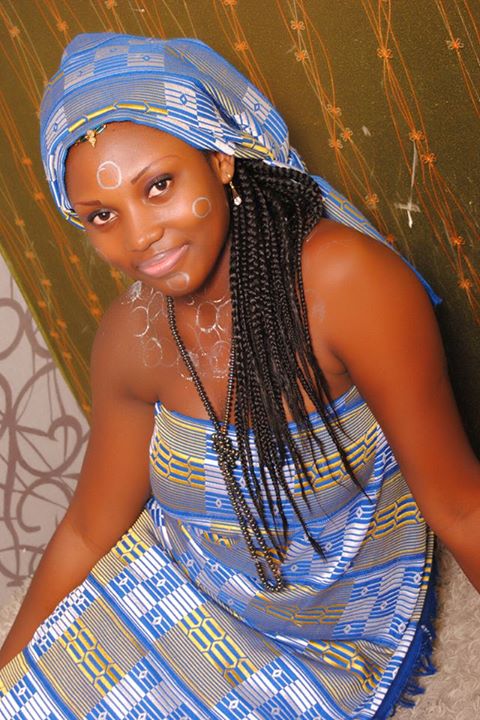
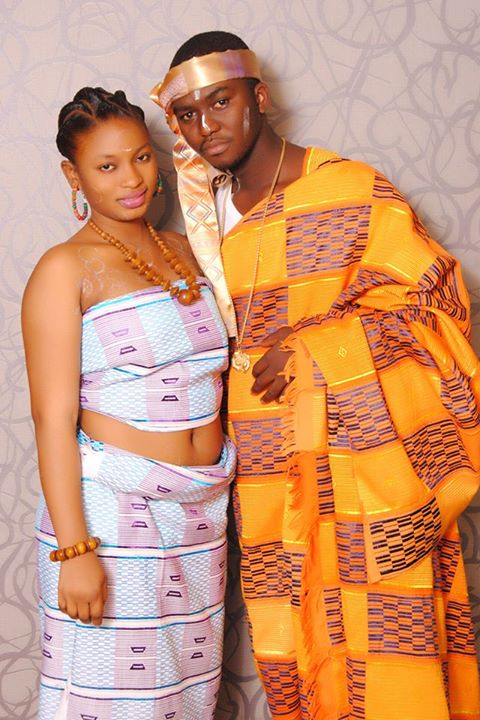
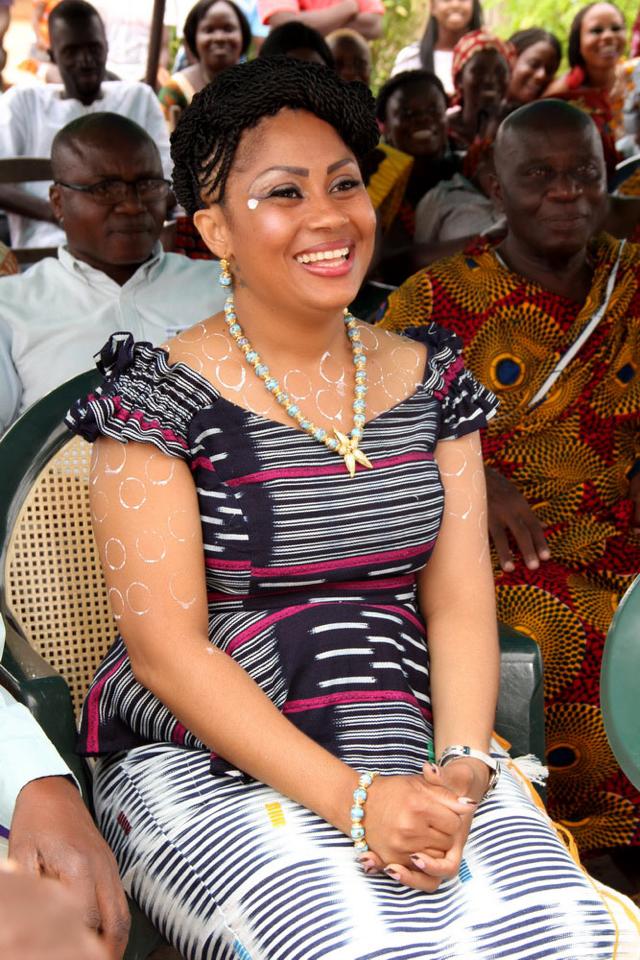
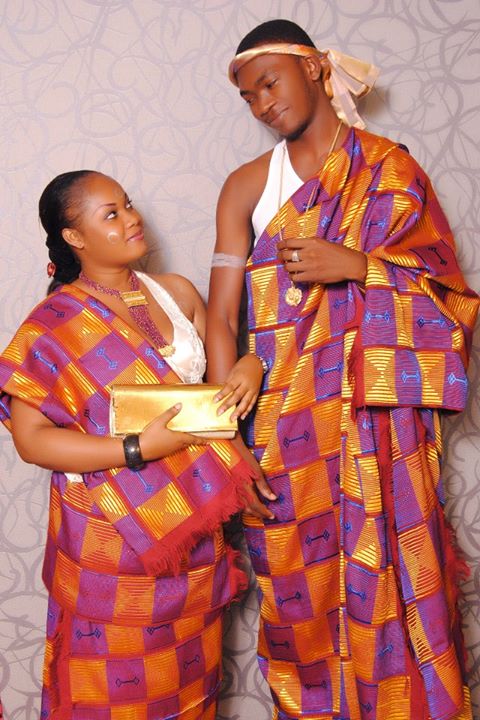
|
|
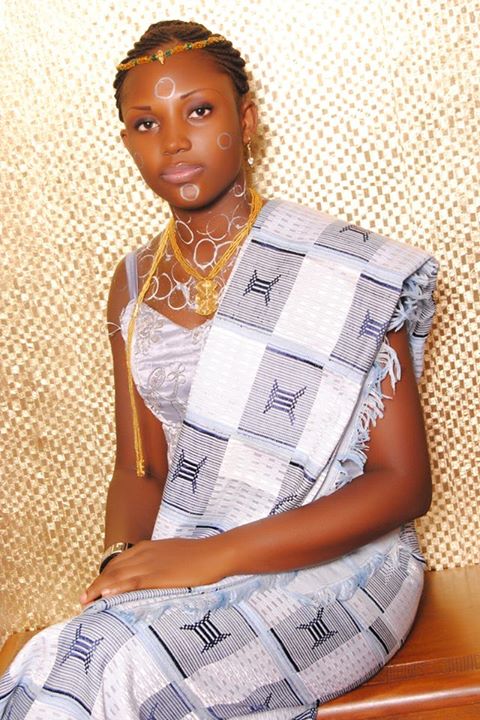
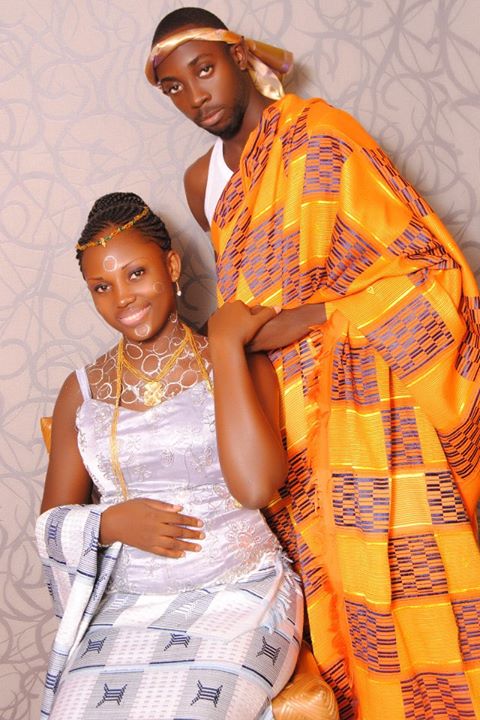

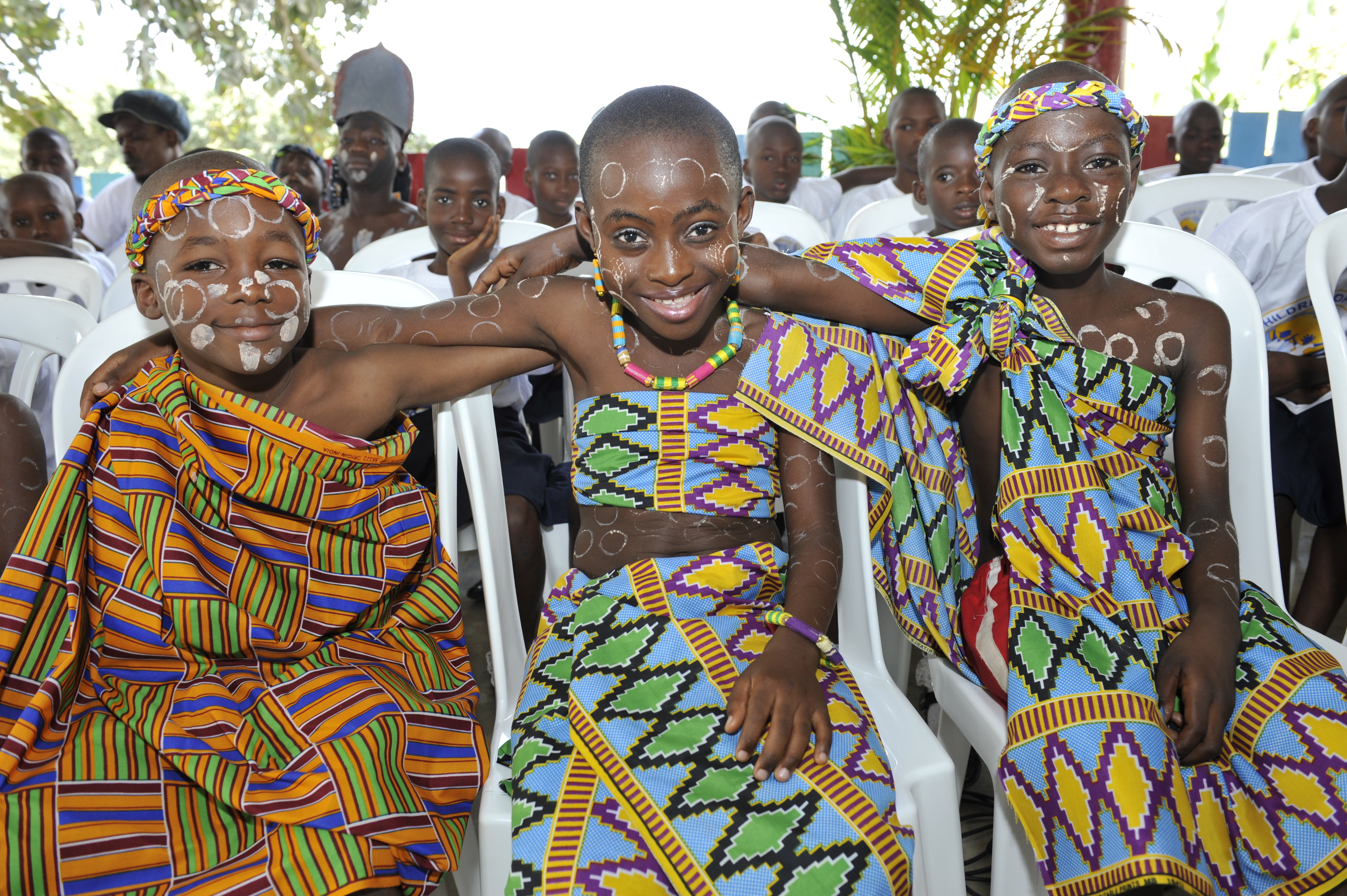



|
|
So, you like this loincloth style!
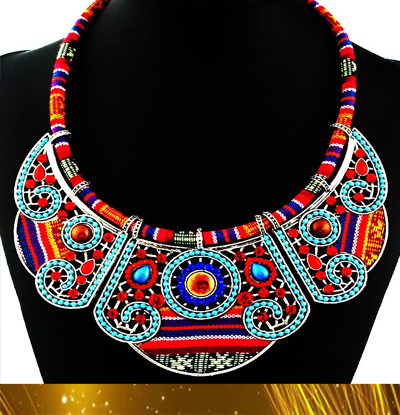
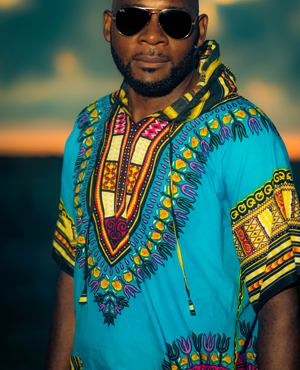

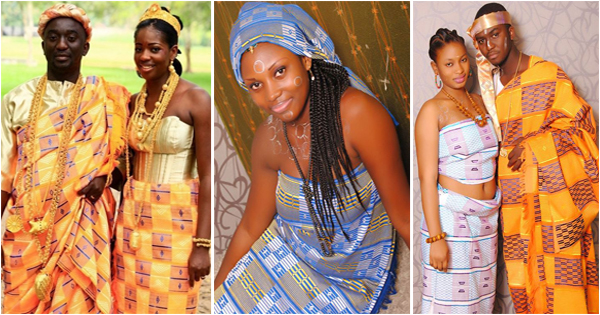

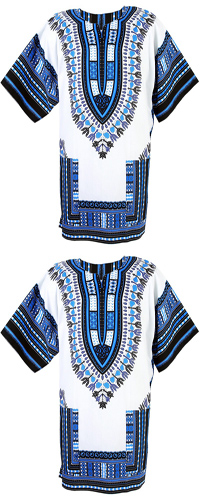
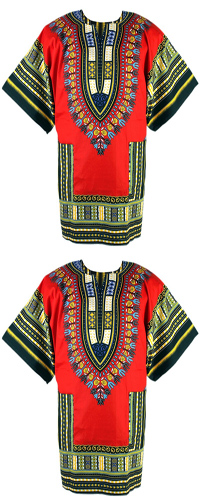
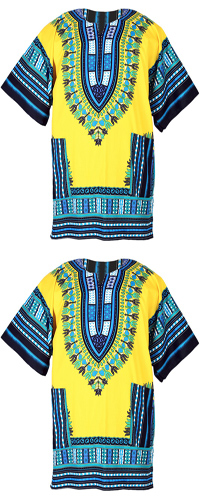
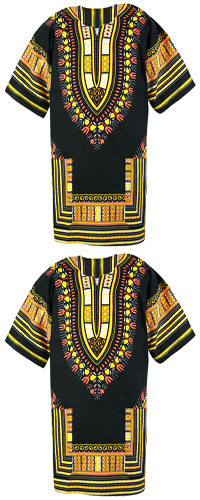

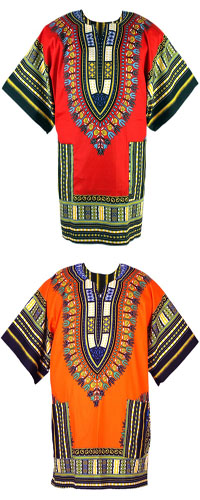

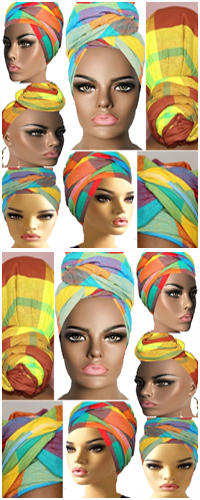
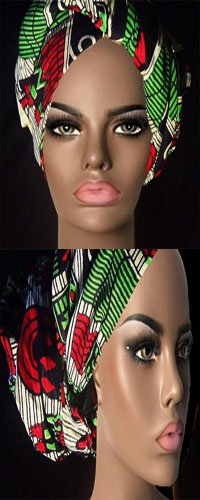


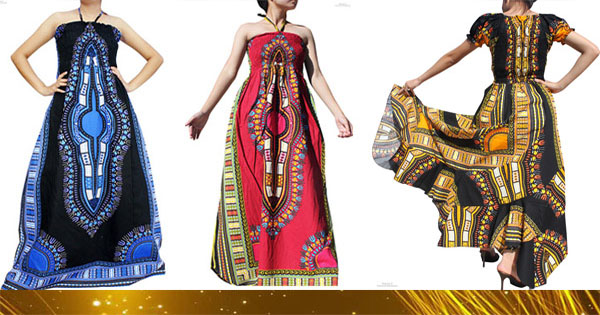
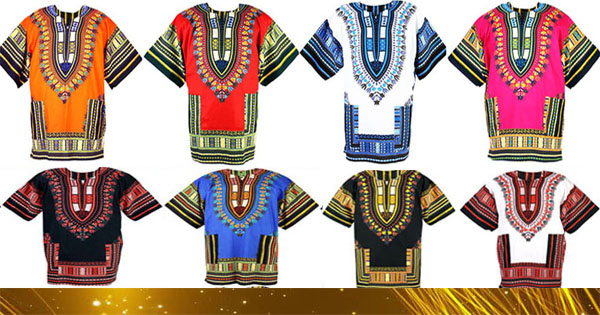
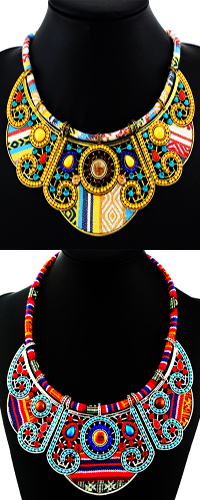






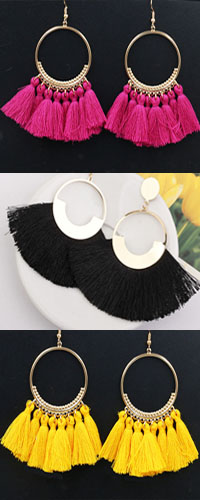


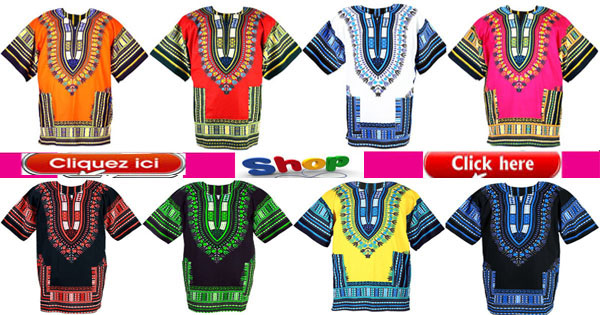
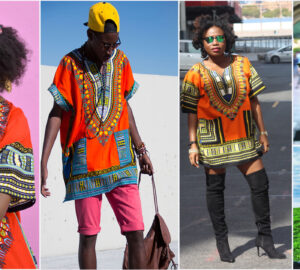
Love this article! I love to read this article and I really enjoyed reading your article. I am so glad to read this article. Thanks and keep sharing.